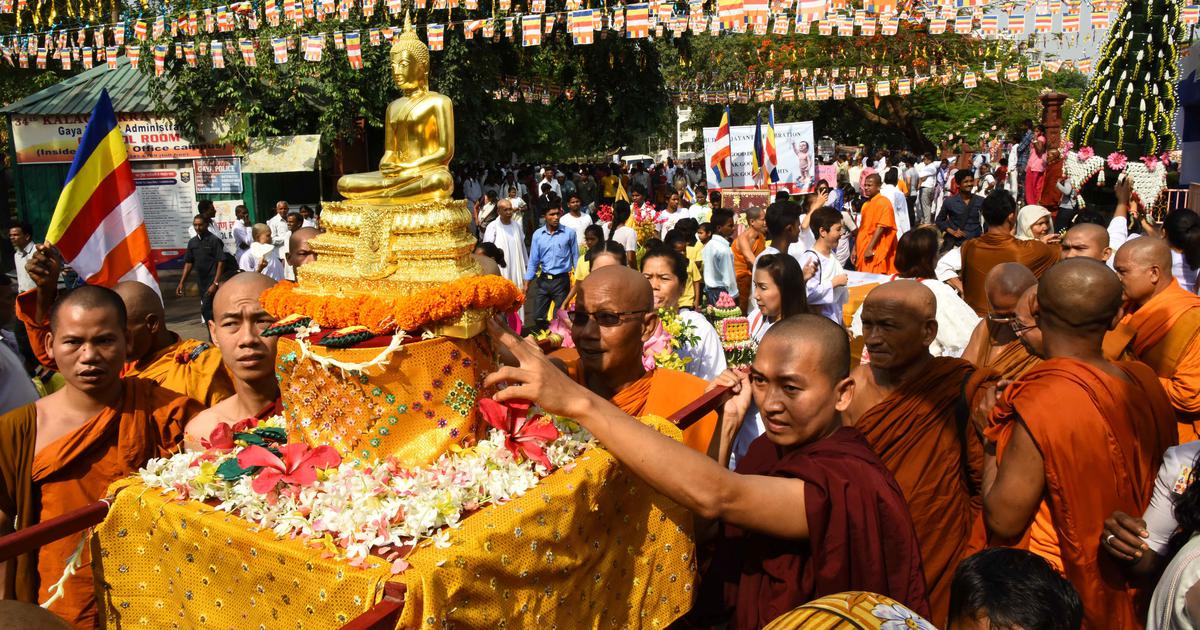meatthesavages.com – Tibetan Buddhism, a unique blend of Indian Mahayana Buddhism and the indigenous Bon religion of Tibet, has developed a rich tapestry of practices and traditions over centuries. This spiritual tradition, which has been shaped by the Himalayan region’s harsh climate, isolated geography, and the cultural influences of its people, offers a profound path to enlightenment. Its practices and traditions are deeply intertwined with the daily life of Tibetans, guiding them in their quest for spiritual liberation and the ultimate goal of Buddhism: achieving enlightenment for the benefit of all sentient beings.
The Foundations of Tibetan Buddhism
Tibetan Buddhism is rooted in the teachings of the historical Buddha, Siddhartha Gautama, who lived in India around the 5th century BCE. However, it has evolved significantly from its Indian origins, incorporating elements of the Bon religion and developing unique schools of thought and practice. The transmission of Buddhism to Tibet is traditionally attributed to the Indian master Padmasambhava in the 8th century, who is revered as the second Buddha and the founder of the Nyingma school, the oldest of the four major schools of Tibetan Buddhism.
The Four Major Schools of Tibetan Buddhism
Tibetan Buddhism is divided into four major schools, each with its own unique practices, lineages, and emphasis:
- Nyingma (The Ancient Ones): The oldest school, founded by Padmasambhava, emphasizes the Dzogchen teachings, which aim at recognizing the primordial purity of one’s mind.
- Kagyu (The Oral Lineage): Known for its Mahamudra teachings, focusing on meditation practices to realize the true nature of the mind.
- Sakya (Grey Earth): Emphasizes a scholarly approach to Buddhism, with a strong focus on the completion stage of tantric practice.
- Gelug (The Virtuous Ones): Founded by Je Tsongkhapa in the 14th century, it is known for its emphasis on monastic discipline and the study of Madhyamaka philosophy. The Dalai Lama and the Panchen Lama are the most prominent figures of this school.
Key Practices and Traditions
Meditation
Meditation is at the heart of Tibetan Buddhist practice, with various forms including shamatha (calm abiding), vipassana (insight), and tantric meditation practices like deity yoga. These practices aim to calm the mind, develop insight into the nature of reality, and ultimately achieve enlightenment.
The Vajrayana Path
Tibetan Buddhism is part of Vajrayana Buddhism, which includes the use of mantras, mudras (hand gestures), and visualizations of deities. These practices are designed to transform the practitioner’s mind and are often considered a quicker path to enlightenment.
The Role of the Guru
The guru, or spiritual teacher, plays a central role in Tibetan Buddhism. The relationship between guru and disciple is considered crucial for spiritual progress, with the guru providing guidance, teachings, and initiations into tantric practices.
Rituals and Festivals
Tibetan Buddhism is rich in rituals and festivals, many of which are designed to accumulate merit, purify negativities, and invoke the blessings of enlightened beings. Some of the most significant festivals include Losar (Tibetan New Year), Shoton (the Yogurt Festival), and the Monlam Prayer Festival.
The Monastic Tradition
Monasticism is a cornerstone of Tibetan Buddhism, with monasteries serving as centers of learning, practice, and community life. Monks and nuns dedicate their lives to the study and practice of the Dharma, the teachings of the Buddha.
The Spread and Influence of Tibetan Buddhism
Tibetan Buddhism has spread far beyond the borders of Tibet, influencing cultures and traditions in the Himalayan region and gaining popularity in the West. Its teachings on compassion, the interconnectedness of all beings, and the path to enlightenment continue to attract followers worldwide.
In conclusion, Tibetan Buddhism offers a rich and profound path to spiritual awakening, characterized by its unique blend of practices, traditions, and philosophical insights. Its emphasis on compassion, wisdom, and the transformative power of meditation continues to inspire practitioners around the globe, making it a vital and dynamic tradition in the 21st century.
